Stanier’s Jubilee 4-6-0s

 John Jennison Transport Treasury Publishing
John Jennison Transport Treasury Publishing


 John Jennison Transport Treasury Publishing
John Jennison Transport Treasury Publishing
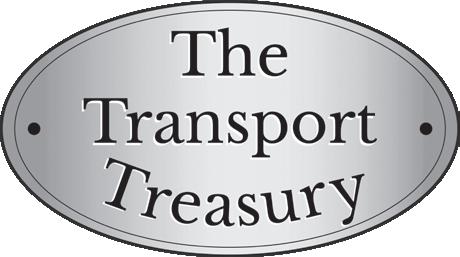
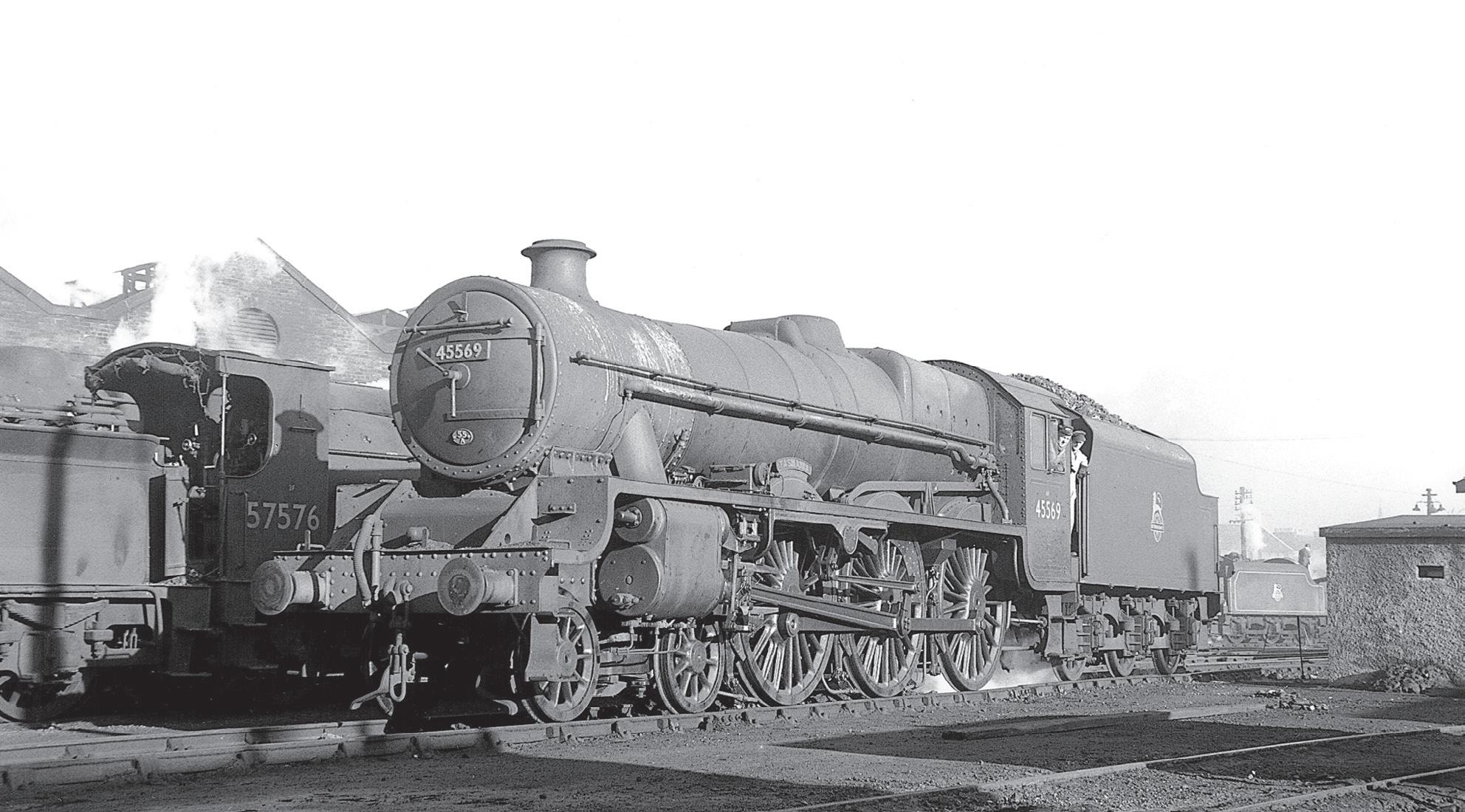
When William Stanier joined the LMS as Chief Mechanical Engineer in January 1932 the locomotive fleet was deficient in reliable second-line express passenger power. The large number of Midland Railway design Compound 4-4-0s which had been built since the 1923 Grouping were not powerful enough and the ex-LNWR 4-6-0s needed to be withdrawn on economic grounds. This left only the original 'Patriots', two of which were in service with a further 15 on order. This left Stanier with no alternative other than to build more 'Patriots' until his own taper boiler 3-cylinder 4-6-0s, ordered in June 1933, were ready to go into production.
Then, as part of a major programme by the LMS to modernise its locomotive stock, taking advantage of low cost Government backed finance, approval was given for large numbers of Stanier’s new designs to be purchased and trade prices were sought for further quantity production of what would become the ‘Jubilee’ and Class 5 4-6-0s. In November 1933, tenders were invited for 4-6-0 three-cylinder and twocylinder locomotives and tenders. Eight different firms tendered for each type and fifty of each were ordered – the three-cylinder from the North British Locomotive Company and the two-cylinder from Vulcan Foundry. In July 1934, tenders were obtained for further batches of both types. The size of the orders put the LMS in

a position to drive a hard bargain and they would not pay what they believed to be excessive prices when ordering additional batches of existing designs. Although the lowest tender for fifty three-cylinder locomotives was from Armstrong Whitworth, this was discounted because they were already building more Class 5s. The next in price was from North British but this was higher than they had tendered the previous November and was considered unreasonable given they already had the patterns, tools, etc. and so the order was placed on the LMS workshops; subsequent batches were also built in-house.
The first engine to enter service was Crewe built 5552 in May 1934 and 190 further examples were built over the following 2½ years. They became known as the Jubilee class from 1935 and were distributed widely throughout the LMS Divisions, covering a wide variety of express passenger and fitted freight work. Until the late 1950s the Jubilees were the largest passenger engines able to operate on the Midland Division south of Leeds, and they lasted almost to the end of BR steam, with the final survivor, the last LMS express passenger locomotive in service, withdrawn in 1967.
As a railway enthusiast living in Crewe, the “Jubs” seemed rather mundane and generally operated “below the radar” with Stanier’s Pacifics and Royal
Above. No 5588 Kashmir, which was allocated to Blackpool from May 1937 until 1957, has a domed boiler which had been fitted in July 1937 and no crosshead vacuum pump that having been taken off in February 1939. No 5588 was built with a Stanier 4,000 gallon tender with riveted tanks. This was replaced by a Fowler 3,500 gallon tender ex-Royal Scot No 6120 in October 1936. The following year it received another 4,000 gallon tender, but with welded rather than riveted tanks. This was one of the new tenders ordered with a batch of 4F 0-6-0s in July 1937 which latter took the more appropriate displaced Jubilee tenders. The axlebox covers have cruciform pattern ribs cast into them rather than the plain covers which were used on the riveted tenders built by North British.
Top left. With the cleaning gang posing for the camera, No 5585 Hyderabad was on shed at Derby in May 1938. It had changed considerably since it left the North British Queens Park Works less than four years earlier, in November 1934. Note the taller chimney fitted from No 5565 onwards and the diamond-shaped worksplate. Fowler 3,500 gallon flush-riveted tender No 3915 ex-Royal Scot No 6104 replaced its original Stanier 4,000 gallon tender in January 1937 and then it was fitted with a domed boiler in July of that year. New 4,000 gallon tenders authorised for new Jubilees in the series 5697 to 5724 were used on Royal Scots and their 3,500 gallon ‘Old Standard’ tenders were paired with the new engines. The remainder of the Royal Scot 3,500 gallon Fowler tenders were exchanged with Jubilees already in service such as No 5585. Hyderabad was transferred to Derby from Rugby in September 1937 and was there until January 1940, moving to Sheffield Millhouses
Left. One of the 1935 built sloping throatplate engines, No 5679 Armada at Crewe North on 25 September 1938, its home shed from January of that year. It is paired with Fowler 3,500 gallon flush-riveted tender No 3927 which was transferred from Royal Scot No 6103 in June 1937 in place of its original Stanier 4,000 gallon tender. Nos 5665-5694 reverted to the shorter pattern of chimney.
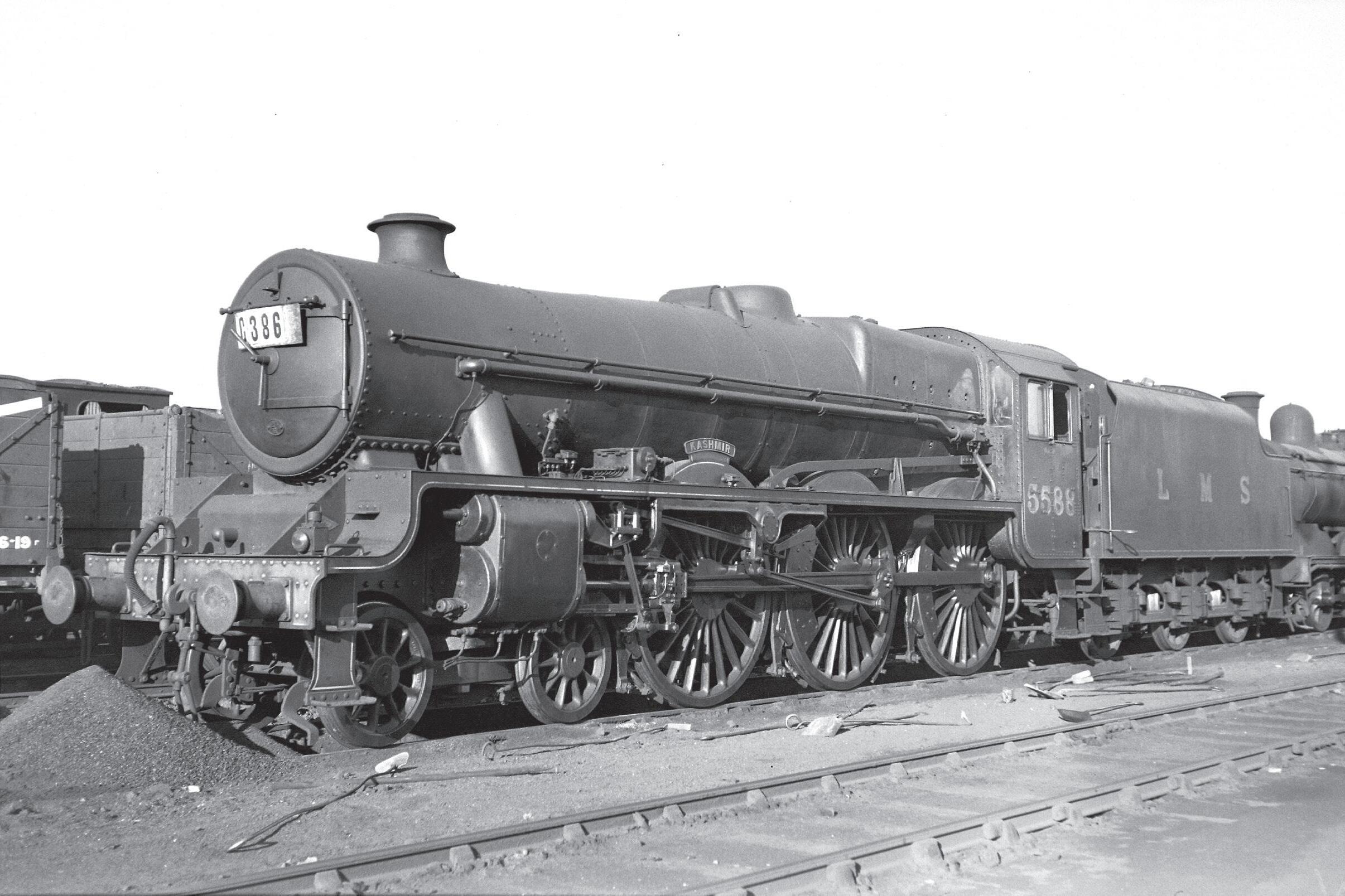
No 45671 Prince Rupert was in its fourth spell at Newton Heath, from September 1948 until October 1957, when photographed on a Western Division express in the mid-1950s. Prince Rupert of the Rhine was a 17th Century German-English army officer, admiral and scientist. He was a founder of the Hudson's Bay Company and is alleged to have played a role in the early Atlantic slave trade.
One of the named expresses most associated with the Jubilees was ‘The Thames-Clyde Express’ which ran between St. Pancras and Glasgow St. Enoch. No 45573 Newfoundland waits with the train at Carlisle on 15 April 1957. It was at Holbeck from April 1946 until withdrawn in September 1965 and has the 4,000 gallon tender ordered with 4F 0-6-0 No 4593 which it was paired with in October 1939.

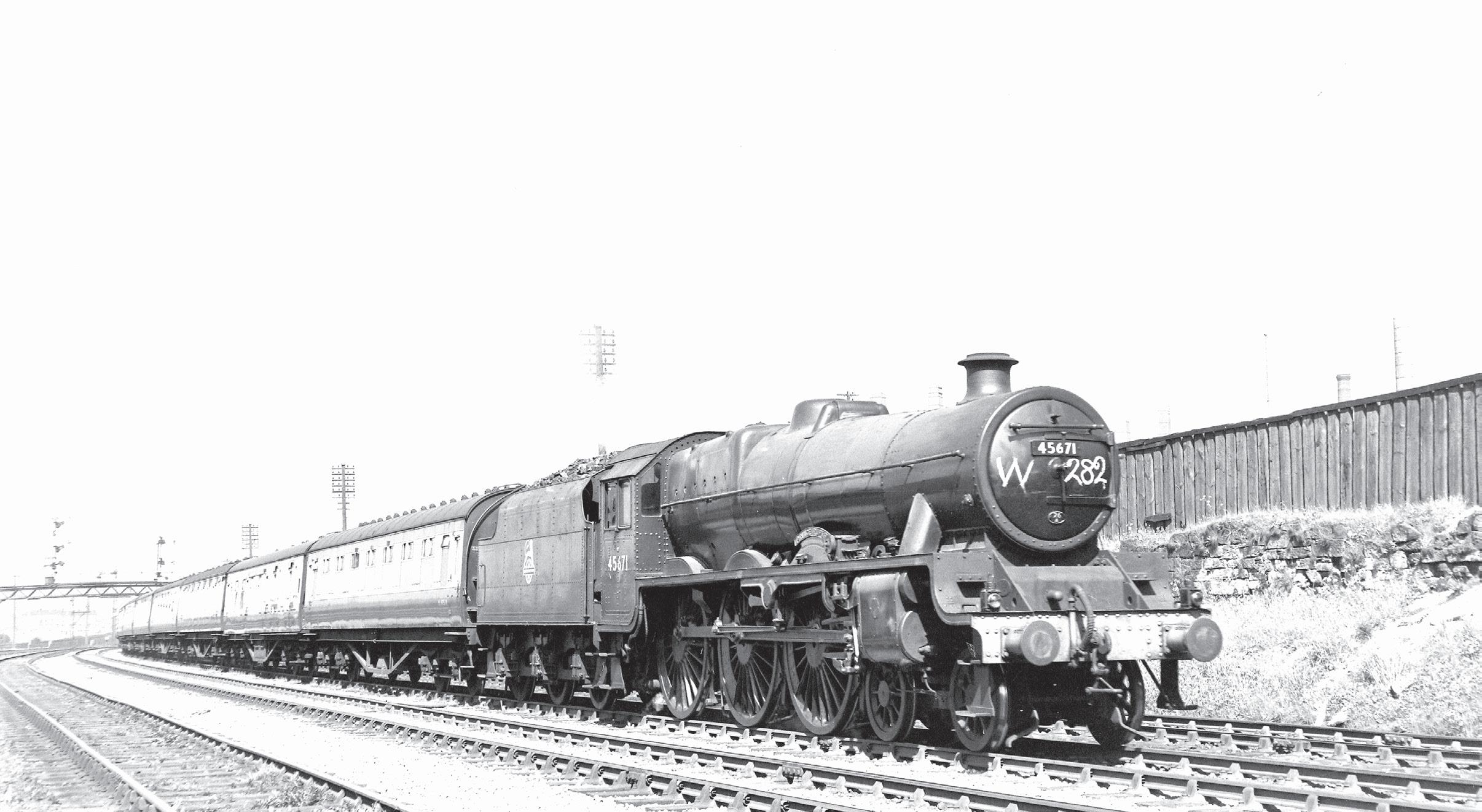
Left. In November 1936 a Development Section was set up by Stanier at Derby and a design was produced for a Class 5XP 4-6-0 with two cylinders and a boiler pressure of 250 lb. per sq. in., the aim being to provide greater boiler capacity with a reduced engine weight, since the Royal Scots were too heavy for use on the Midland Division. Although the scheme was not proceeded with, a cheaper alternative was produced two years later after improvements to Midland Division bridges meant that a three-cylinder layout could be used with a boiler based on that fitted to No 6170 British Legion, the forerunner of the taper boiler rebuilt Royal Scots. During 1939 drawings were produced for the conversion of two Jubilees, No 5735 Comet and No 5736 Phoenix, and these were carried out by Crewe Works in 1942. The two engines went to Holbeck and were used on the Anglo-Scottish expresses to the north of Leeds. They were an immediate success and the new 2A boilers were used to convert the whole of the Royal Scot class, starting in 1943. No 45735 Comet departs from Crewe with ‘The Welshman’ in June 1949 in the BR lined black which it had received on 4 April 1949.
Above. Initially after rebuilding Comet and Phoenix went to Holbeck until the first rebuilt Royal Scots arrived there. Comet was at Camden most of the time thereafter up to 1959. In BR lined green and with smoke deflectors, both dating from January 1952 No 45735 Comet is ready for departure from Llandudno on 14 August 1952.

No 45567 South Australia, newly disfigured with a yellow cab stripe, on a Class 4 fitted freight in September 1964 shortly before it was transferred from Crewe North to Llandudno Junction, where it went on loan before withdrawal in January 1965. It had been converted from a straight throatplate to a sloping throatplate boiler in April 1937 and was fitted with AWS in July 1959.

No 45664 Nelson prepares for departure from St. Pancras with the 5.25pm express to Nottingham on 16 September 1961. This was one Jubilee name whose origin every schoolboy enthusiast knew! Nelson had been at Sheffield Millhouses since January 1948 but moved to nearby Canklow at the end of 1961 when Millhouses shed closed.

With yellow cab stripe, No 45705 Seahorse waits at Cheadle Heath with the LCGB High Peak Rail Tour on 18 September 1965. It took over the train there from Gresley Pacific No 4472 Flying Scotsman, which had brought the train from Paddington, and worked it to Aston where it handed over to Stanier Class 5 4-6-0 No 45114. Seahorse was transferred from Blackpool, where it had been since June 1956, to Newton Heath in June 1964; it was withdrawn from the Manchester shed in November 1965.
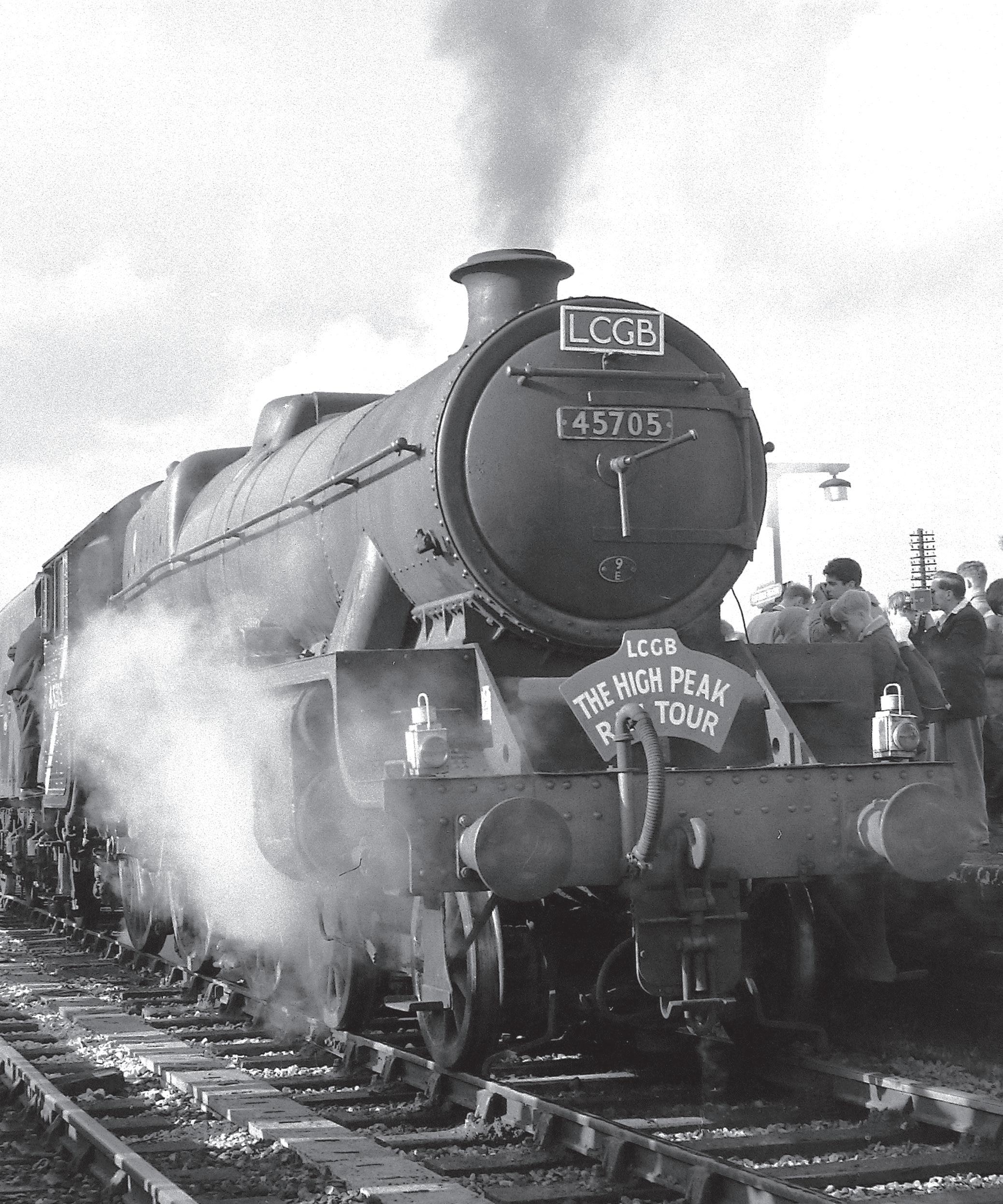
Three of the standard (unrebuilt) Jubilees had double chimneys at various times with No 45596 Bahamas the only one to retain one until withdrawn. It was fitted during a Heavy General overhaul completed in May 1961. Other late modifications were AWS fitted in February 1959 and a Smith-Stone speed indicator dating from May 1961. Bahamas had moved from Upperby to Stockport in July 1962 and was withdrawn from there in withdrawn July 1966. It was purchased in August 1967 by the Stockport (Bahamas) Locomotive Society and was sent to the Hunslet Engine Co. in Leeds for overhaul and repainting into LMS crimson lake livery. It was based at the Dinting Railway Centre and became the main attraction there, providing footplate rides for visitors. In 1972 it was one of the first group of steam locomotives to return to work on designated routes over the national rail network. However, boiler repairs soon became necessary, and Bahamas was taken out of service in 1973 to become a static exhibit at Dinting. It was not until 1980 that work began on a full overhaul and, using only Society volunteers, this took eight years. Bahamas successfully operated 37 railtours on the main line between 1989 and 1994, before its main-line certificate expired. Then followed visits to heritage railways until the expiry of its boiler certificate in 1997 resulted in its withdrawal from operation. It went on public display in the museum of the Keighley & Worth Valley Railway until 2013 when a successful application to the Heritage Lottery Fund allowed it to be overhauled to main line standard with the main work carried out by Tyseley Locomotive Works. Bahamas returned to the national network in February 2019 and is a now a regular performer on railtours.
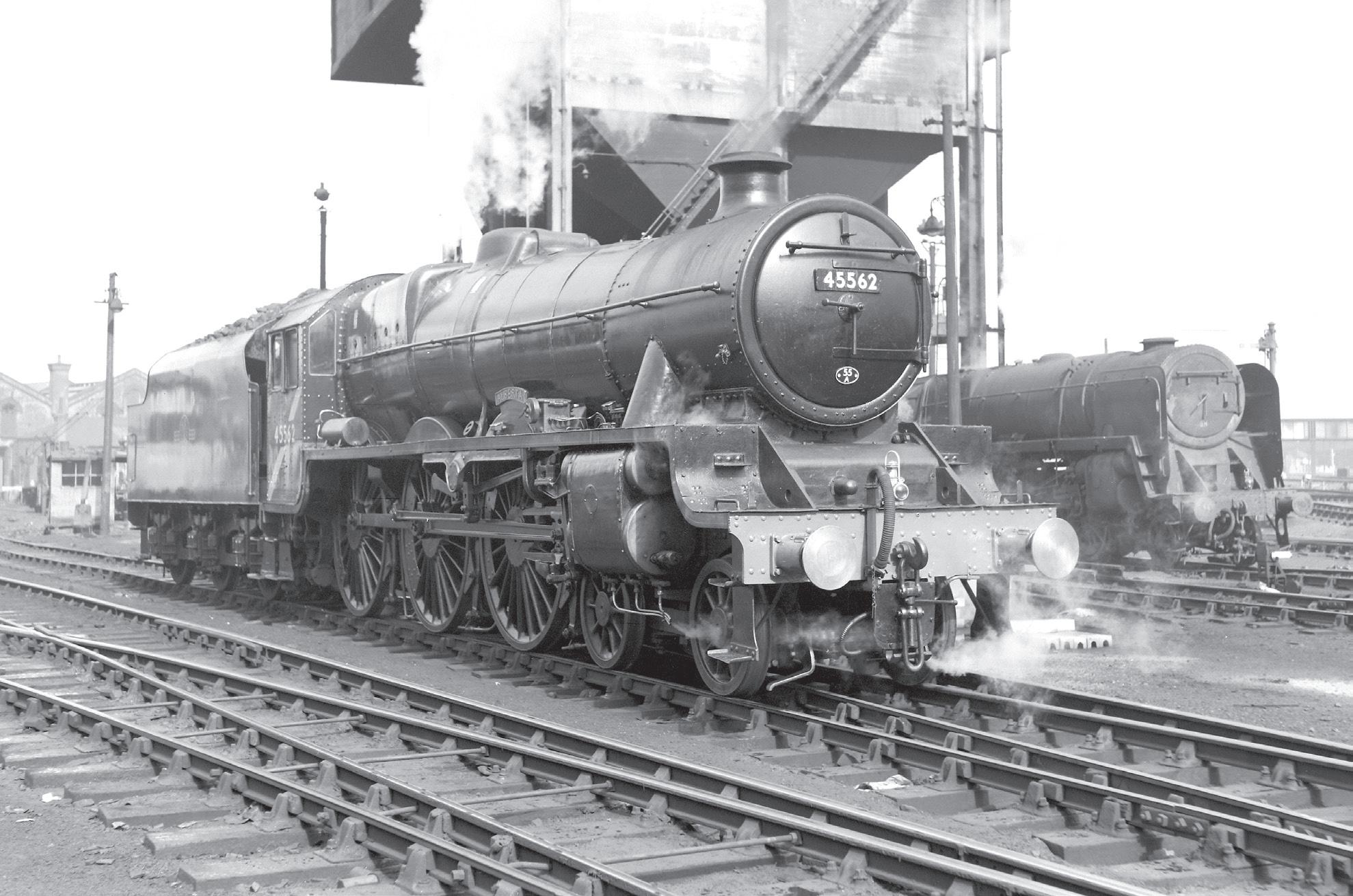
No 45562 Alberta was a favourite for railtours in its final year in service and was frequently given special treatment by cleaners, often assisted by enthusiasts. It was officially the last of the class in service when withdrawn in November 1967. Alberta had a recorded mileage of 1,640,981 as at 20 March 1961.

Stanier, poached from the GWR, created a new class of 4-6-0s to form a secondary, 'stiffening spine' of locomotive power behind the Pacifics and Royal Scots. The 191 Jubilee's became ubiquitous across the system and were popular on many routes which didn’t have the benefits of the more powerful locomotives - the lines out of St.Pancras, into Scotland on the former G&SW lines, on the Central Division and even down to Bristol.

Price:- £14.95
